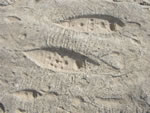
|
The Al Jassasiya site is one of the most mysterious and attractive sites in Qatar.
Northeast of Doha, it is one of the few places where you can find petroglyphs, which are collections of rare and amazing signs carved in stone. |
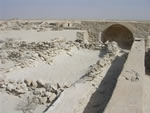
|
Is one of the most interesting archaeological sites in the state.Surrounded by a long wall belt and guard towers, the original town was 2,000 meters long and 600 meters wide.
the AlZubarah settlement shows evidence of a long-standing community where rich oyster banks and good trading connections in and beyond the Gulf ensured prosperity.
|
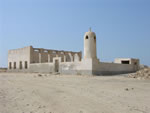
|
Several settlements in the northwest of Qatar give a glimpse of how difficult life outside of the main cities was before the discovery of oil. These small villages had economies based largely on fishery, and lacked facilities or road access.Three of the sites, Al-Areesh, Al-Khuwair and Al-Jemail, are completely abandoned today, yet still vividly tell the story of those who once called them home. |
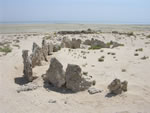
|
Human presence as far back as the Stone Age is suggested at the large archeological site in Al Wsel. Consisting of a variety of dwellings, towers and burial sites, the ruins can be found by the sea on an outcrop 100 meters inland. Slabs extracted from sedimentary rocks and arranged into circles in the sand are the most fascinating element of this site.
|
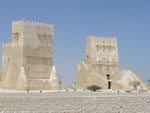
|
Stretching into the Arabian sky, the Barzan towers loom above the surrounding landscape and provide the perfect place to gaze out to sea. They have been used as aplatform to keep a watchful eye on pearl divers, as a look-out for approaching shipsand as an observatory to scrutinise the moon's phases.
|
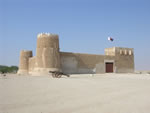
|
Al Zubarah fort serves as a pristine example of a typical Arab fort built using the traditional Qatari technique.The Coast Guard used the sturdy fort as a station until the mid 1980s when it was turned into a museum to display findings uncovered in the nearby Al Zubarah archeological area.
|
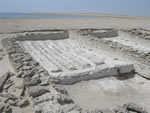
|
Located close to Dukhan on the west coast of Qatar, the Zekreet area boasts an astonishing landscape with prehistoric sites and remnants of old settlements. One such destination site is the 18th century fort and early date press found on the beach |
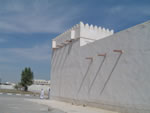
|
Deep in the heart of the city of Doha stands Al-Koot fort. Built in 1927 by Sheikh Abdullah bin Qassim Al-Thani, who governed Qatar between 1913 and 1949, the fort was created to protect the nearby Waqif souq from would-be thieves.
|
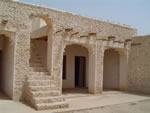
|
Throughout history, Northern Qatar was a much sought-after location for nomadic people looking to settle down. Vestiges of early fishermen's villages, archaeological areas and magnificent forts can still be found throughout the area. Two of the most historically significant forts, 'Al-Thagab' and 'Al-Rekayat,' stand just north of the well-known Al-Zubarah fort.
|
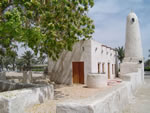
|
A huge tree that looms over the building distinguishes the Abu Manaratain mosque from all other mosques in Qatar. Located in Al-Wakra, one of the oldest cities in the state, this mosque was constructed in 1940.
|
|